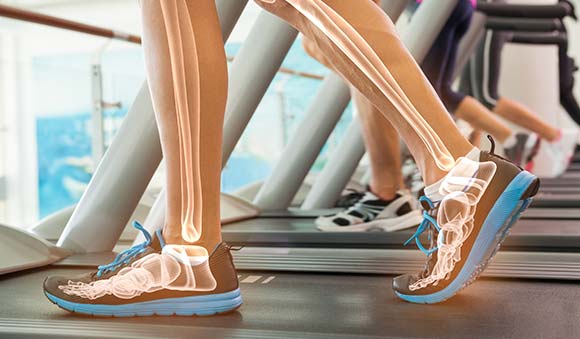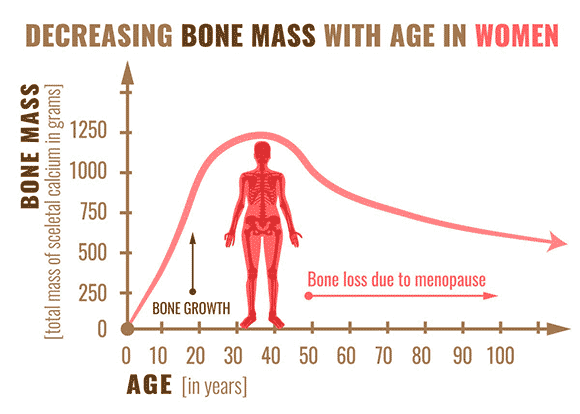Bone health is a very important but often forgotten about aspect of our overall health.
by Kelsey Hoffman, DO
Most people only think about their bones when they break one. Bone health is something that should be thought about from the moment we are born. From birth until around age 25, our bodies are constantly building, breaking down and rebuilding our bones until our peak bone density is reached in our mid twenties. After this, bone density steadily declines as we age. The lower the peak density, the more likely we are to end up with osteoporosis and low bone density issues. Bone density can be affected by several different factors including diet, lifestyle, medication and genetics.
But what exactly is bone?
It is an organ made of hard living tissue that creates the supportive scaffold for the body. It is composed of a dense outer shell and a honeycomb-like internal structure. There is then a dynamic interaction between two types of cells called osteoblasts and osteoclasts. Osteoclasts break down old bone, releasing the nutrients into the blood stream. Osteoblasts then come along and rebuild new bone. Calcium and vitamin D are very important for optimal bone health.
Low bone density and osteoporosis occur when the breakdown of bone out paces the formation of new bone, leading to weak, brittle bones. Osteoporosis is a silent disease until a fracture occurs, then it can be painful and debilitating. Osteoporosis is diagnosed with a DEXA scan which compares your bone density with the average bone density of a person in their thirties. You should discuss with your primary care physician whether or not a DEXA scan is indicated for you.
Preventing Fragility Fractures
Once someone develops osteoporosis, they are at risk for a fragility fracture, which is fracture that occurs after a fall from standing height or lower or from lifting 10 or less pounds. Most common fractures occur in the spine, femur (the “hip” bone) and bones of the wrist but can occur anywhere. It is important to treat the fracture appropriately to allow for healing. This often includes casting, splinting or even surgery. To prevent fragility fractures, adequate calcium intake is recommended. For men and women over the age of 50, 1200 mg of calcium is recommended daily. For calcium to be absorbed, vitamin D is also very important. The recommended dose of vitamin D is at least 1000 IU daily.
Other Things to Help Prevent Fragility Fractures and Osteoporosis
- Weight bearing and resistance exercises such as:
- Walking
- Dancing
- Stationary bike
- Resistance bands
- Light weights
- Prevent falls by wearing good shoes
- Use a cane or walker if need
- Make sure the floor is clear of clutter that could be a tripping hazard
- Avoid any tobacco use
- Limit alcohol use
Bone density is important at any age. Make sure you are healthy and active and start supplementing calcium and vitamin D early to help limit bone density decline. More information can be found at Ownthebone.org or NOF.org (National Osteoporosis Foundation).











